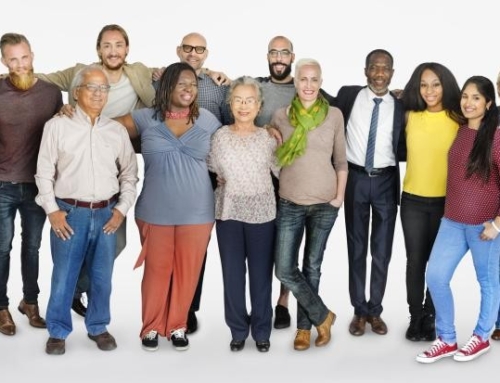Respect is a key requirement for a healthy workplace. Cultures lacking respect suffer from disengagement, gridlock, lawsuits, and high turnover. Statistics show that 50% of hourly workers will quit their job in the first six months. In fact, when clients tell me that their valuable employees quit suddenly and without a warning sign, I know there are often subtle acts of disrespect at play. Whether conscious or unconscious, such actions can feel like tiny cuts at first, but can quickly amount to an irreparable injury. And this is why many employees quit.
Intentional leaders know that if they foster respect and inclusion in the workplace, they will not only have fewer illegal challenges, they will have a thriving team. I always say, “When you focus on what’s respectful, you will never get to what’s illegal.”
But how do you turn a whole culture around, when disrespectful acts have become the norm? I often start training clients on “Building a Culture of Trust and Feedback” by modeling respect in their own interactions.
As an intentional leader, you must make sure you aren’t perpetuating these subtle acts of exclusion yourself.
One place to start is to understand what the opposite of respect in the workplace looks like. Once you know what it looks like, you will start correcting it. This is important to talk about, because disrespectful behaviors are often elusive. There are myriad subtle acts of disrespect that don’t qualify as illegal, and yet they erode trust and productivity in the workplace.
The most obvious question is: which behaviors preserve respect and which behaviors violate it?
Respect can be detected in your tone of voice, your body language, and in the way you address your co-workers. It is demonstrated in the way you listen to your team members and ask follow-up questions to make sure you understand their point of view.
Likewise, little acts of disrespect vary from inappropriate jokes, eye-rolling, disengagement, interruption, or taking credit for others’ ideas. Let’s take one subtle but prevalent act of exclusion in the workplace – interrupting others. This happens to women, people of color and marginalized workers a great deal. And, in fact, The Journal of Experimental Social Psychology has found that Black women in a group discussion were more likely to be misquoted and misremembered compared to Black men, White women and White men. Bottom line, interrupting is a powerful symbol of status. Those we perceive as having less social power get interrupted more and have their ideas reappropriated more than those with more social influence.
Take note and look within your own behavior – have you unintentionally (or intentionally) hijacked conversations? Have you repeated a person’s opinion or idea as your own? Do you give every person in a meeting a chance to connect their expertise to the meeting’s agenda and outcome?
If your assessment is that you are faulty of some of these behaviors, congratulations on your courage to be completely honest with yourself. Because respect in the workplace starts with you and being honest with yourself shows self-respect.
From here on, you can only improve and build even greater strength. Moreover, you can help others do the same.
If you have noticed that interruption is part of your organizational culture, here are some steps to help restore trust:
1. Model respect by inviting open conversations where all participants get to speak.
2. Invite others to share thoughts about what they’ve just heard.
3. If you see someone interrupting others regularly, give them feedback in person and ask them to wait before they comment and allow others to speak first.
As a leader you have a choice every day – you can make your organization a place of excitement and opportunity or contribute to the depletion of energy and erosion of trust among coworkers.
To learn more about how you can empower your team, schedule a free 20-min discovery call with us here https://lnkd.in/gyWcS8SB








